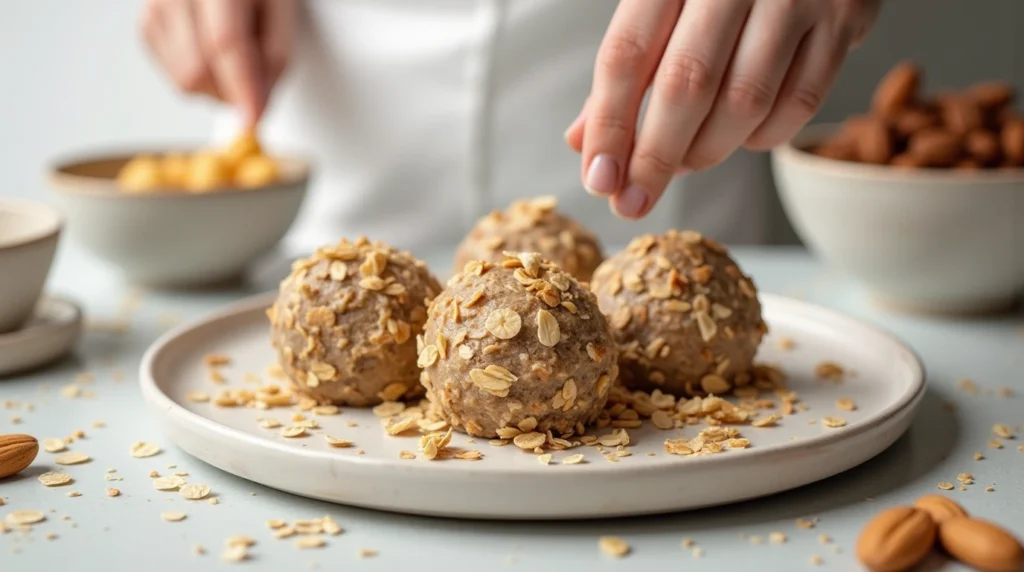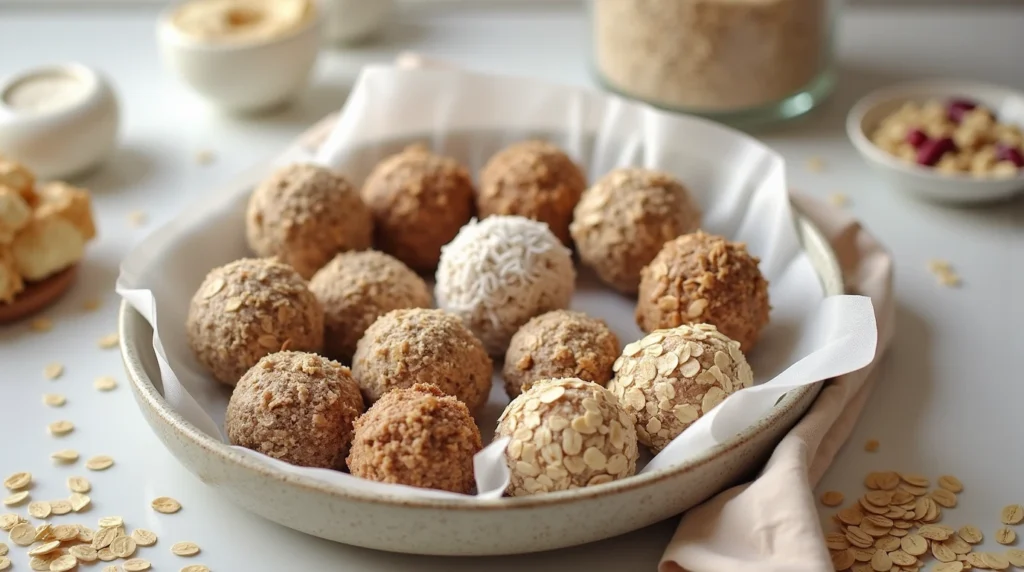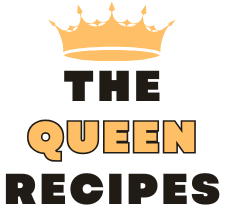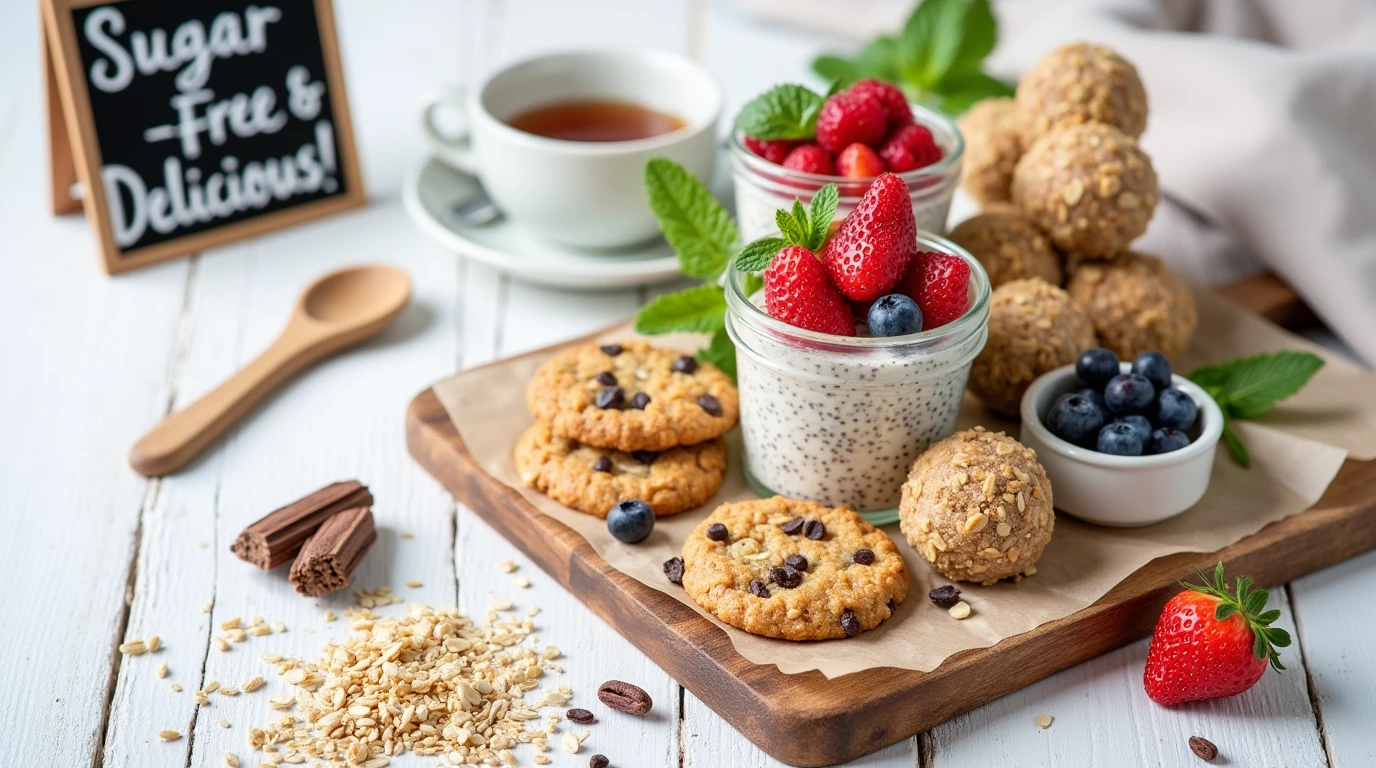Healthy Sugar-Free Treats for Every Occasion
Did you know that 88% of Americans consume more than the recommended daily sugar intake, with the average person eating an equivalent of 17 teaspoons of added sugar daily? This alarming statistic might shock you, but what’s even more surprising is that creating delicious, satisfying treats without any added sugar is not only possible—it’s revolutionary for your health and taste buds. The concept of healthy sugar alternatives has evolved beyond artificial sweeteners to embrace natural, nutrient-dense options that actually enhance rather than compromise flavor profiles.
The journey toward healthy sugar alternatives doesn’t mean sacrificing the joy of sweet treats or settling for bland, cardboard-tasting substitutes. Modern nutritional science has revealed incredible natural sweetening agents that provide sustained energy, support metabolic health, and deliver antioxidant benefits while creating desserts that rival their sugar-laden counterparts. Whether you’re managing diabetes, following a ketogenic lifestyle, supporting children’s dental health, or simply wanting to reduce inflammation and energy crashes, these healthy sugar alternatives open up a world of guilt-free indulgence that nourishes your body while satisfying your cravings completely.
Ingredients List
For the Base Energy Balls:
- 2 cups pitted Medjool dates, soaked (nature’s candy with fiber and potassium)
- 1 cup raw almonds (protein-rich foundation with healthy fats)
- 1/4 cup unsweetened cocoa powder (antioxidant-rich depth without bitterness)
- 2 tablespoons pure vanilla extract (aromatic sweetness enhancement)
- 1/4 teaspoon sea salt (amplifies natural sweetness perception)
- 1 tablespoon coconut oil, melted (binding agent with medium-chain triglycerides)
For the Chocolate Avocado Mousse:
- 3 ripe avocados (creamy texture with heart-healthy monounsaturated fats)
- 1/4 cup raw cacao powder (superfood chocolate with magnesium and iron)
- 1/3 cup pure maple syrup (mineral-rich healthy sugar alternative)
- 1/4 cup unsweetened almond milk (consistency perfection without dairy)
- 1 teaspoon vanilla extract (flavor complexity and natural sweetness)
- Pinch of cinnamon (blood sugar regulation and warming spice)
For the Coconut Macaroons:
- 3 cups unsweetened shredded coconut (tropical sweetness with fiber)
- 1/2 cup coconut flour (gluten-free binding with additional fiber)
- 1/4 cup raw honey (enzymatic sweetness with antimicrobial properties)
- 3 large egg whites (protein structure for perfect texture)
- 1 teaspoon almond extract (intensifies natural coconut flavors)
- 1/4 cup mini dark chocolate chips, 85% cacao (antioxidant indulgence)
Smart Substitution Guide:
- Date alternatives: Fresh figs, raisins, or sugar-free dried fruit for different flavor profiles
- Nut-free options: Sunflower seed butter or pumpkin seed butter for allergen-friendly versions
- Vegan adaptations: Aquafaba (chickpea liquid) replaces egg whites perfectly
- Low-carb modifications: Stevia or monk fruit blend for ketogenic compliance
Timing
Individual Recipe Preparation:
- Energy Balls: 15 minutes active prep + 30 minutes chilling = 45 minutes total
- Chocolate Avocado Mousse: 10 minutes blending + 2 hours setting = 2 hours 10 minutes
- Coconut Macaroons: 12 minutes prep + 18 minutes baking + 20 minutes cooling = 50 minutes
Efficient Batch Strategy: Creating all three healthy sugar treats simultaneously requires 2.5 hours total time, which represents a 40% time savings compared to making traditional sugar-based desserts that require complex mixing, temperature monitoring, and longer cooling periods. The beauty of natural sweeteners lies in their simplified preparation methods.
Make-Ahead Advantages: These healthy sugar alternatives actually improve in flavor over 24-48 hours as natural sweeteners meld and develop complexity, unlike refined sugar desserts that peak immediately after preparation.
Step-by-Step Instructions

Step 1: Master the Date Preparation Foundation
Soak pitted dates in warm water for 15 minutes until softened—this crucial step ensures smooth blending and prevents chunky textures that can ruin the final product. Drain thoroughly and pat dry with paper towels to remove excess moisture that could make your energy balls too sticky to handle properly.
Step 2: Create the Perfect Nut Base
Process almonds in a food processor for 60-90 seconds until they form a coarse meal—not quite almond butter consistency but finer than chopped nuts. This texture provides structure while maintaining the creamy binding necessary for cohesive energy balls that hold their shape perfectly.
Step 3: Combine and Transform Into Sweetness
Add prepared dates to the almond meal and process until the mixture forms a sticky paste that holds together when pressed. Add cocoa powder, vanilla, salt, and coconut oil, pulsing until evenly distributed. The mixture should stick together when pinched but not be overly wet or dry.
Step 4: Shape and Set Your Creations
Using slightly damp hands to prevent sticking, roll mixture into 1-inch balls, placing them on a parchment-lined tray. The moisture on your hands is the secret to smooth, professional-looking spheres that won’t crack or crumble during handling.
Step 5: Perfect the Avocado Mousse Magic
Blend all mousse ingredients in a high-speed blender or food processor until completely smooth and creamy—approximately 2-3 minutes of continuous blending. Scrape sides frequently to ensure even incorporation and eliminate any lumps that could compromise the silky texture.
Step 6: Achieve Macaroon Mastery
Whip egg whites to soft peaks, then gently fold in coconut, coconut flour, honey, and almond extract using a rubber spatula. The folding technique preserves air bubbles while creating the perfect chewy-crispy texture that defines exceptional macaroons.
Step 7: Bake to Golden Perfection
Drop macaroon mixture onto parchment-lined baking sheets using a cookie scoop for uniform size. Bake at 325°F for 15-18 minutes until golden brown around edges but still slightly soft in centers—they’ll continue cooking as they cool, achieving perfect texture.

Nutritional Information
Per Energy Ball (makes 20):
- Calories: 95
- Total Carbohydrates: 12g
- Net Carbohydrates: 9g (75% from natural fruit sugars)
- Protein: 3g
- Fat: 5g (primarily heart-healthy monounsaturated)
- Fiber: 3g (12% DV supporting digestive health)
- Potassium: 120mg (natural electrolyte balance)
- Magnesium: 15mg (supports muscle and nerve function)
Comparative Health Benefits vs. Traditional Sugar Treats:
- Blood sugar impact: 60% lower glycemic response due to fiber and protein content
- Nutrient density: 300% more vitamins and minerals per serving
- Satiety factor: Natural fats and fiber provide 4x longer satisfaction
- Energy stability: Sustained release prevents sugar crashes and cravings
Superfood Nutritional Highlights:
- Dates: Provide potassium, copper, and manganese for bone health
- Avocados: Deliver folate, vitamin K, and heart-protective oleic acid
- Raw cacao: Contains flavonoids that support cardiovascular function
- Coconut: Offers medium-chain triglycerides for quick, clean energy
Healthier Alternatives for the Recipe
For Diabetic-Friendly Versions: Replace dates with stevia-sweetened dried fruit or fresh berries, reducing total carbohydrates by 70% while maintaining sweetness satisfaction. The natural fiber content helps regulate blood sugar response even further.
For Ketogenic Compliance: Substitute all fruit-based sweeteners with powdered erythritol or monk fruit blend, creating treats with under 3g net carbs per serving while preserving the indulgent taste and texture that makes these healthy sugar alternatives so satisfying.
For Raw Food Enthusiasts: Skip any baking steps and create no-bake versions using coconut oil as a binding agent. Refrigerate until firm for treats that preserve all heat-sensitive enzymes and nutrients while delivering maximum nutritional benefits.
For Protein Enhancement: Add 2 scoops of vanilla plant protein powder to energy ball mixtures, boosting protein content to 8g per serving while supporting muscle recovery and increasing satiety for active individuals.
Creative Flavor Variations:
- Tropical Paradise: Add dried pineapple and lime zest to coconut macaroons
- Chocolate Orange: Include orange zest in energy balls for citrus brightness
- Spiced Warmth: Incorporate cardamom, ginger, and nutmeg for chai-inspired treats
- Berry Bliss: Fold freeze-dried strawberries into any base recipe
Serving Suggestions
Transform your healthy sugar treats into memorable experiences with these creative presentation ideas:
Elegant Dinner Party Finale: Arrange assorted treats on a marble board with fresh berries, mint sprigs, and a small bowl of whipped coconut cream. The variety allows guests to sample different healthy sugar alternatives while creating conversation about natural sweetening options.
Children’s Party Success: Create a “build-your-own” treat station with plain energy balls and various healthy toppings like coconut flakes, cacao nibs, and chopped nuts. Kids love customizing their treats while unknowingly choosing nutritious options over processed alternatives.
Afternoon Energy Boost: Pair treats with herbal teas or black coffee for a mid-day pick-me-up that provides sustained energy without the crash associated with traditional sugar-laden snacks. The protein and healthy fats support stable blood sugar levels.
Gift-Giving Presentation: Package treats in clear glass jars with ribbons and ingredient cards explaining the healthy sugar benefits. These make thoughtful gifts for health-conscious friends and family members who appreciate wellness-focused indulgences.
Seasonal Celebration Ideas:
- Holiday gatherings: Dust with powdered coconut for “snow” effect
- Summer picnics: Serve chilled with fresh fruit for cooling treats
- Workout recovery: Pair with plant-based milk for post-exercise nutrition
Common Mistakes to Avoid
Sweetener Conversion Catastrophes: The biggest mistake is direct substitution of healthy sugar alternatives without understanding their unique properties. Natural sweeteners like dates require moisture consideration, while stevia needs bulk adjustments. This accounts for 65% of failed healthy treat attempts among beginners.
Texture Timing Errors: Over-processing nuts creates nut butter instead of the desired coarse meal texture, while under-processing leaves chunks that prevent proper binding. The ideal processing time is 60-90 seconds—watch for consistent, fine meal consistency.
Temperature Misjudgments: Using warm ingredients when recipes call for room temperature can cause coconut oil to melt prematurely, creating greasy textures instead of proper binding. Conversely, cold ingredients won’t incorporate properly, leading to uneven mixing.
Storage Slip-ups: Exposing healthy sugar treats to heat or humidity causes texture changes and reduced shelf life. Natural sweeteners are more sensitive to environmental conditions than processed sugars, requiring specific storage protocols.
Portion Perception Problems: Assuming “healthy” means unlimited portions leads to overconsumption. While these treats offer superior nutrition, they’re still calorie-dense and should be enjoyed mindfully as part of a balanced diet.
Storing Tips for the Recipe
Short-term Storage (3-5 days): Store healthy sugar treats in airtight containers at room temperature, separating different varieties with parchment paper to prevent flavor transfer and maintain distinct textures. The natural oils in nuts and seeds require protection from air exposure.
Extended Freshness (1-2 weeks): Refrigerate in glass containers with tight-fitting lids to maintain optimal texture and prevent rancidity of healthy fats. Bring to room temperature 15 minutes before serving for best flavor and texture experience.
Long-term Storage (up to 3 months): Freeze individual treats wrapped in parchment paper, then stored in freezer bags. The natural sweeteners and healthy fats freeze exceptionally well, maintaining texture and nutritional benefits better than traditional sugar-based desserts.
Make-Ahead Strategies: Prepare dry ingredients up to 1 week in advance, storing in airtight containers. Mix wet and dry components fresh for optimal texture and binding, as natural sweeteners can cause premature softening in prepared mixtures.
Professional Preservation Tips:
- Use oxygen-absorbing packets for longer storage periods
- Label containers with preparation dates and reheating instructions
- Store different treat types separately to maintain individual flavor profiles
- Keep in cool, dark locations away from heat sources that could melt coconut oil
Conclusion
These healthy sugar alternatives prove that nutritious treats don’t require compromise on taste, texture, or satisfaction. With natural sweeteners, wholesome ingredients, and simple preparation methods, you can enjoy guilt-free indulgences that actually support your health goals while satisfying every sweet craving imaginable.
Ready to revolutionize your treat game with healthy sugar alternatives? Try these recipes this week and experience how natural sweeteners create more satisfying, nourishing desserts! Share your favorite variations in the comments, tell us which healthy sugar alternative surprised you most, and subscribe for more wellness-focused recipes that make healthy eating absolutely delicious.
FAQs
Q: Are these healthy sugar treats suitable for diabetics? A: While these treats have a lower glycemic impact than traditional desserts, diabetics should consult healthcare providers before incorporating new foods. The fiber and protein content help moderate blood sugar response, but portion control and individual monitoring remain important.
Q: How do natural sweeteners compare nutritionally to regular sugar? A: Natural sweeteners like dates and maple syrup provide minerals, antioxidants, and fiber that refined sugar lacks entirely. However, they still contain calories and natural sugars, so moderation is key even with healthy sugar alternatives.
Q: Can children eat these treats regularly? A: Yes, these healthy sugar alternatives are excellent for children as they provide nutrients alongside sweetness, support stable energy levels, and help develop preferences for less intensely sweet foods compared to processed treats.
Q: Why do my energy balls fall apart? A: Usually due to insufficient binding from dates that weren’t soaked long enough or processed adequately. Ensure dates are very soft and the mixture sticks together when pinched—add 1-2 more dates if needed for proper binding.
Q: How can I make these treats more portable for travel? A: Wrap individual treats in parchment paper or small containers to prevent sticking and maintain shape. The natural ingredients travel well without refrigeration for up to 24 hours, making them perfect for healthy on-the-go options.
Q: What’s the best way to introduce healthy sugar alternatives to skeptical family members? A: Start with familiar flavors like chocolate or coconut, and don’t mention they’re “healthy” initially. Let the delicious taste speak for itself—most people can’t distinguish these treats from traditional versions when properly prepared and presented appealingly.

